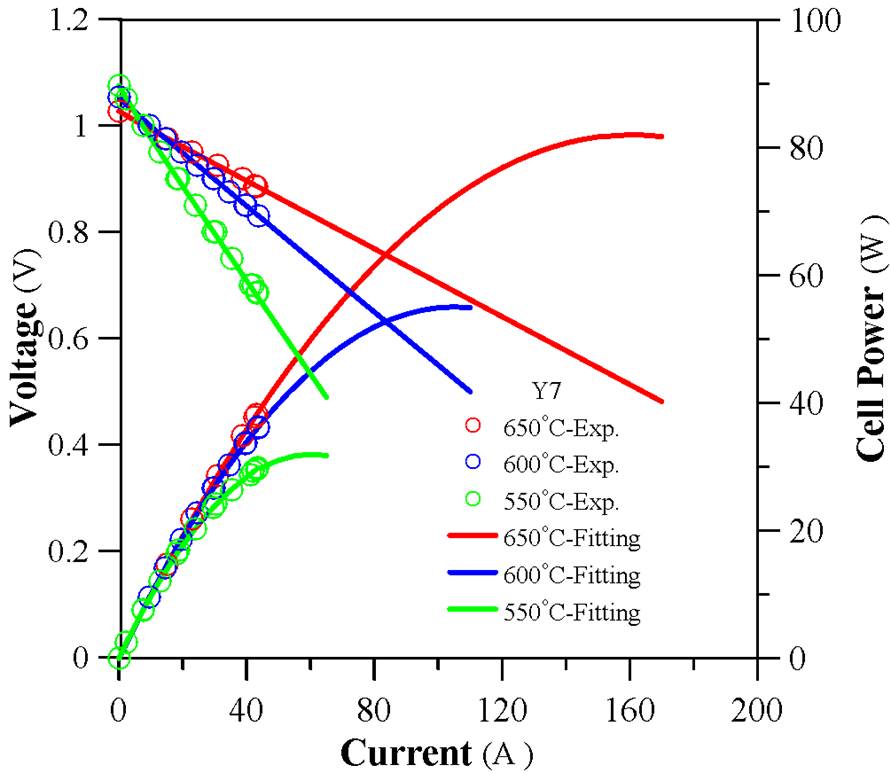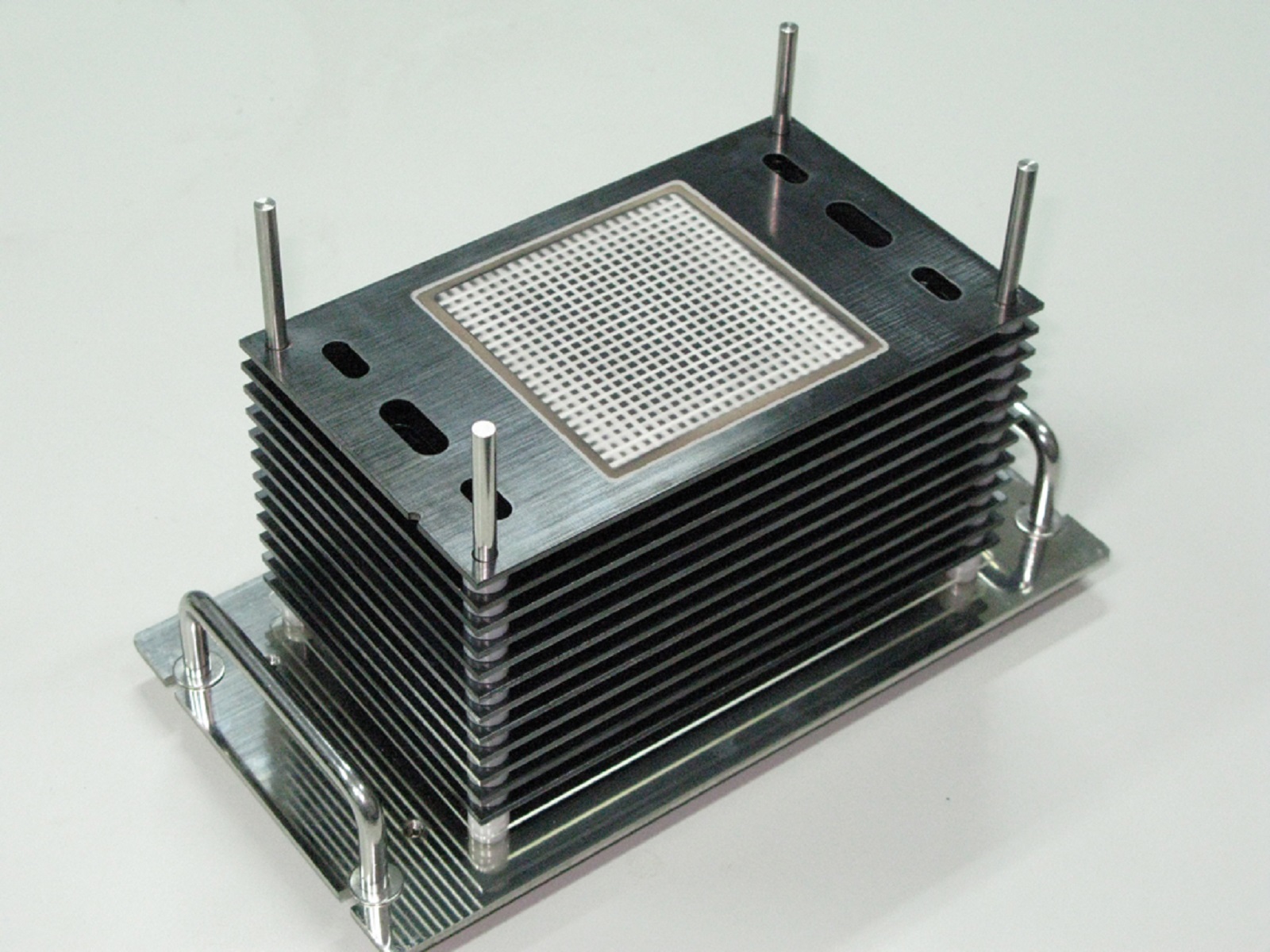| Technical Name | Plasma Sprayed Metal-supported Solid Oxide Fuel Cell | ||
|---|---|---|---|
| Project Operator | Institute of Nuclear Energy Research, Atomic Energy Council | ||
| Project Host | 張鈞量 | ||
| Summary | INER (Institute of Nuclear Energy Research) manufactures truly practical SOFC (Solid Oxide Fuel Cell) cell unit with large size of 1010 cm2. Innovativeness of this of INER’s technology does not concern the theory of SOFC. It only concerns the making of MS-SOFC (Metal-supported Solid Oxide Fuel Cell) cell unit, and is uniquely different from the current mainstream in that its basic method of manufacture is a series of atmospheric plasma spray-sintering steps – on top of a metallic substrate. All structural layers including electrodes, electrolyte and barriers are, literally, spray-formed. By contrast, conventional making of SOFC cell unit relies on furnace sintering. |
||
| Scientific Breakthrough | Goal for INER’s MS-SOFC technology development, as stated clearly, is to make SOFC a truly practical device in real-world applications. Underlying causes for its improvements certainly stem from the fact that MS-SOFC builds SOFC cells on metallic substrate via atmospheric plasma spray-sintering so that the cells withstand much higher mechanical and thermal strain than competition. From the perspective of performance, MS-SOFC products achieve the following improvements. 1. Fast start up due to great susceptibility to thermal shock, 2. Mechanical vibration susceptibility, 3. Nanometer-scale porosity in electrodes ensures high power density, 4. Reduction/oxidation susceptibility for device durability, 5. Metallic substrate makes cell unit construction easier. |
||
| Industrial Applicability | SOFC converts chemical energy stored in fuels directly into electricity at high efficiency percentages up to fifties and higher. INER’s MS-SOFC cells have several advantages comparing to conventional ceramic SOFC cells, such as, fast start-up, mechanical vibration susceptibility and reduction/oxidation susceptibility for device durability. It makes INER’s MS-SOFC could be used as APU of vehicles and steamships. More, the device also operates in reverse, converting electricity into chemical fuel. In this mode, a solid oxide electrolyzer cell is useful for storing redundant energy such as generated by wind turbines in the form of hydrogen fuel by electrolyzing water. |
||
| Keyword | Solid Oxide Fuel Cell(SOFC) Metal-supported Solid Oxide Fuel Cell(MS-SOFC) Atmospheric Plasma Spraying(APS) Solid Oxide Electrolyzer Cell(SOEC) Auxiliary Power Unit(APU) mobile SOFC Proton conduction High performance power generation large scale | ||
- ChunliangChang@iner.gov.tw
other people also saw







